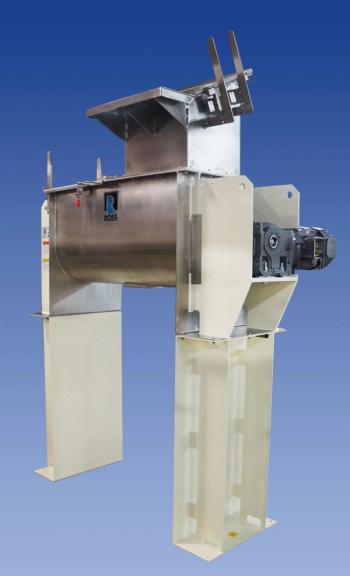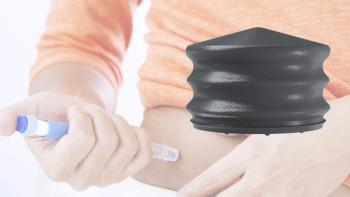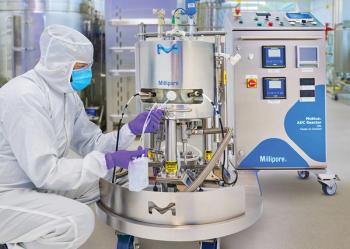
- Pharmaceutical Technology-01-02-2017
- Volume 41
- Issue 1
Vials Reduce Risk of Drug Container Interactions
The DualFUSION vials from Wheaton for the storage of lyophilized materials are engineered using a plasma enhanced chemical vapor deposition technology to fuse an organosilicate protective layer with silica-like barrier layer, and then fuses that inner material to a cyclic olefin polymer outer shell.
The DualFUSION vials from Wheaton for the storage of lyophilized materials are engineered using a plasma enhanced chemical vapor deposition technology to fuse an organosilicate protective layer with silica-like barrier layer, and then fuses that inner material to a cyclic olefin polymer outer shell. The inert silica-like barrier layer of the vial is impermeable to oxygen and other gases from the surrounding environment, and protects against delamination and leaching of contaminants, reducing the risk of drug-container interactions. The protection provided by the innovation composition and construction of DualFUSION vials minimizes caking that can occur in lyophilized drug products.
DualFUSION vials can withstand a temperature range of -196 oC to 121 oC without cracking. A unique 2D barcode laser etched onto the bottom of each DualFUSION vial facilitates sample identification and product lot traceability. The vials can be used in the manufacture of proteins, peptides, enzymes, DNA, and RNA--of complex formulations that may be sensitive to oxygen or metal ion exposure--and of highly potent and radioactive substances.
Articles in this issue
about 9 years ago
Predicting Moisture Uptake in Solid Dosage Packagingabout 9 years ago
Blister Packaging Moves Forwardabout 9 years ago
Staffing and Preparation for Auditsabout 9 years ago
Automatic Purge System for Control Panelsabout 9 years ago
Fully Automated Capping Systemsabout 9 years ago
Spray Dryer for Efficient Microencapsulationabout 9 years ago
The Tide Stays Highabout 9 years ago
Drug Quality Key to Innovation and Accessabout 9 years ago
FDA New Drug Approvals Down Significantly in 2016about 9 years ago
Beyond Distractions, Pharma Moves OnNewsletter
Get the essential updates shaping the future of pharma manufacturing and compliance—subscribe today to Pharmaceutical Technology and never miss a breakthrough.




